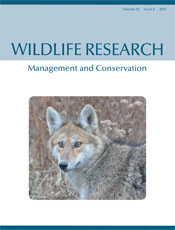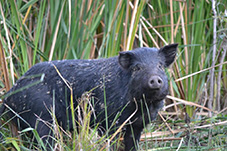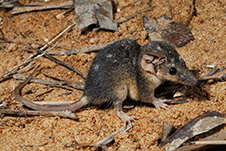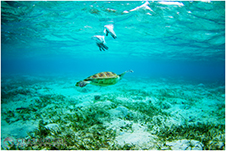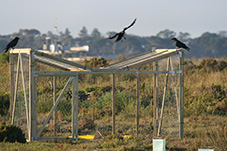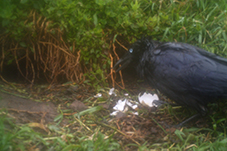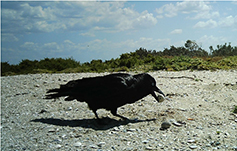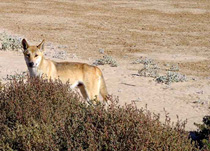WR15020Space use by resident and transient coyotes in an urban–rural landscape mosaic
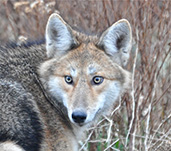
Coyotes in urban areas cause concern about human–wildlife conflicts. Space use by coyotes shows avoidance of humans, but also intraspecific competition between territorial resident coyotes and transient coyotes. Coexistence strategies can build on the tendency of coyotes to avoid humans, but must consider that transient coyotes show a tendency to occupy less desirable habitats including land cover with high human activity. Photograph by Dave Hornoff, The Conservation Agency.
WR15020 Abstract | WR15020 Full Text | WR15020PDF (463 KB) | WR15020Supplementary Material (13 KB) Open Access Article


